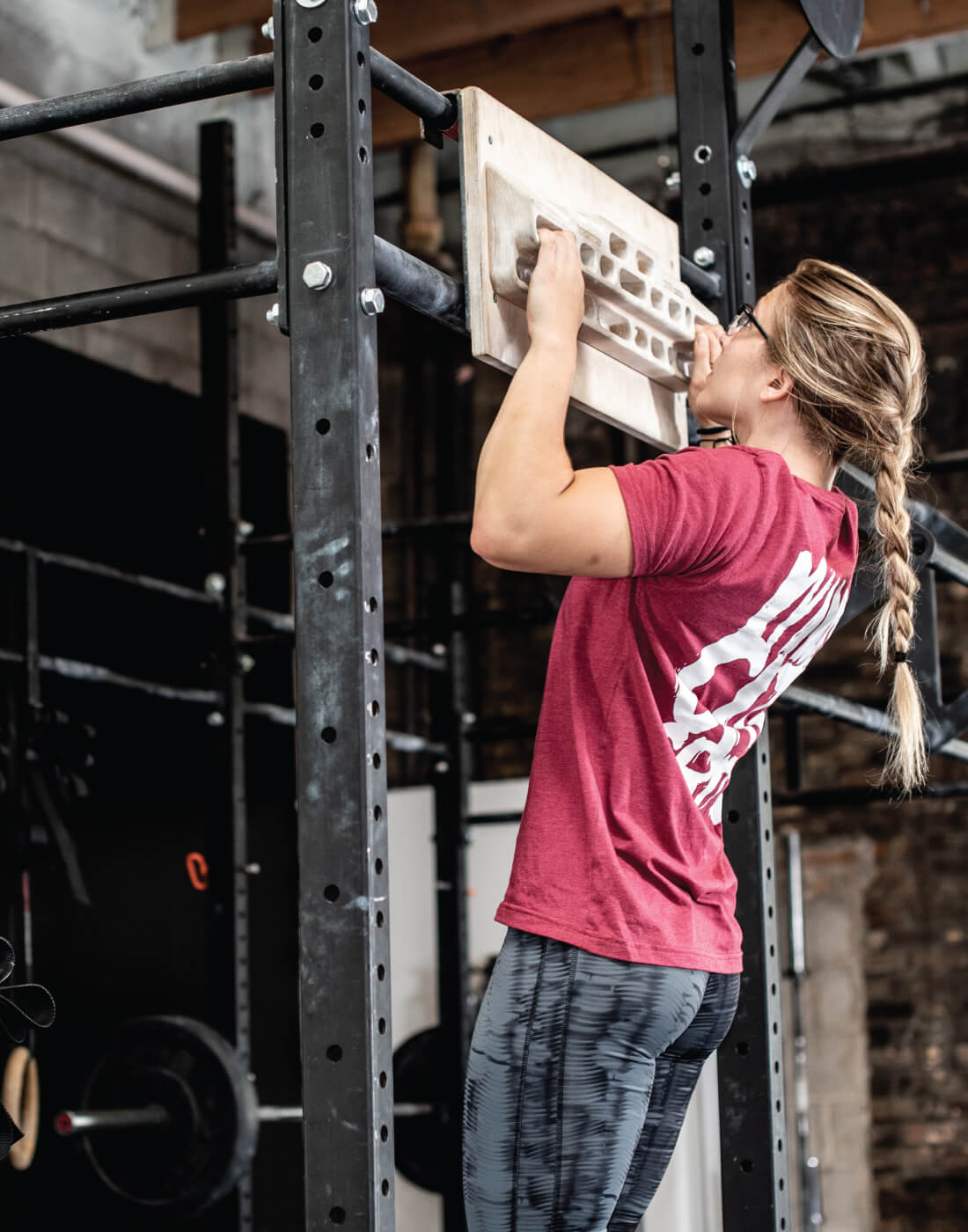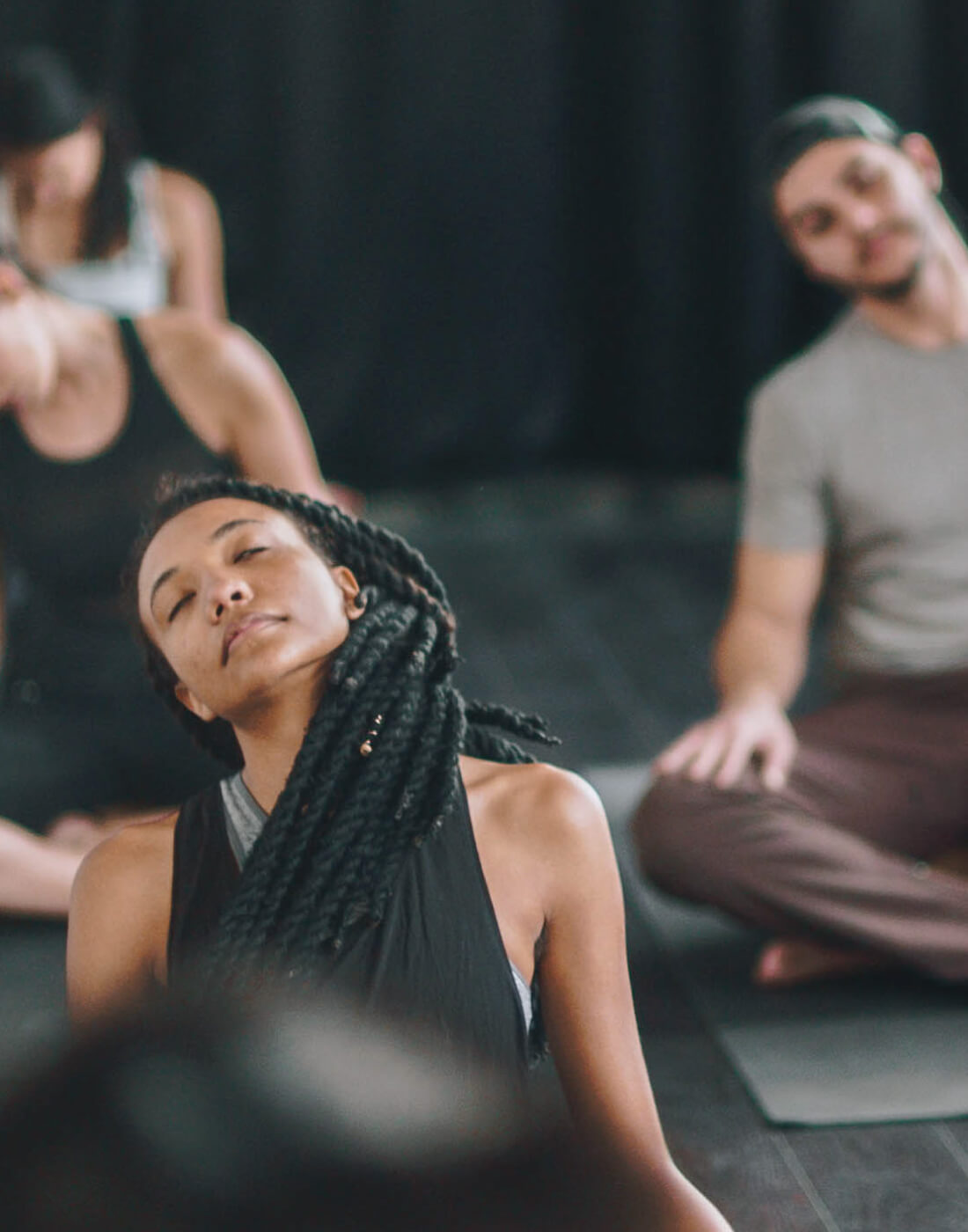For the beginner in all of us
It doesn’t matter if you are a beginner climber or a climbing pro because we all feel like beginners again when we get back on the wall. These 5 climbing tips are a helpful reminder for the beginner in all of us.
For many people, rock climbing can be very intimidating to start. There are a lot of potential fears: falling, heights, failure, etc. As you get started, there is also so much to learn when it comes to proper technique and safety on the wall. The good news though, there is always a community around you encouraging and cheering you on.
As a brand new climber, the best way to get started is by joining one of our introductory classes. But whether you are new to climbing, still learning the basics, or have been climbing for years, these 5 tips are always helpful to keep in mind.
Use your toes
For a new climber, a common mistake is in the positioning of the foot on a hold. What many new climbers will do is use their whole foot to position themselves on a hold, often uncomfortably angling their leg to place most of their weight on the midsole or midsection of the foot. This is an understandable attempt because typically you are using your whole foot when walking, running, biking, or generally performing any other type of exercise. However, when it comes to climbing it is all about the toes.
When you position your toes (and only your toes) on a hold you give yourself a better range of motion to pivot and reach higher on the wall. When you grip a hold with the midsole of your foot, you restrict your movement and your traction. You are far more likely to slip on a small hold when your feet are at an angle trying to grab it with your midsole.
It’s more than upper body strength, use your lower body
A common misconception about climbing is that it is all about upper body strength. While upper body strength is important and will improve the more you climb, the most efficient way to move on the wall is by using the momentum and power of your lower body. The muscles in your legs are some of the strongest muscles in your body. Use those muscles to your advantage as opposed to relying on your arms.
This means that instead of pulling up on a hold with your arms, push up with your legs. Instead of putting all the weight of your body in your flexed arms, straighten your arms and put the weight into your legs and feet. Let those powerful lower body muscles do the majority of the work on the wall and you will find that you can last a lot longer.
Plan your route
In the excitement of starting out, many beginners hop right on the wall without any thought of what happens next. While you might still be learning the ins and outs of planning out a route, it’s important to think through your movement before you get started. Once you are on the wall it’s a lot harder to see the big picture and figure out where exactly to go next.
Planning out a route isn’t just about being prepared, it is also a way to save energy. If you end up on a route above your limit you will end up frustrated and wasting energy trying to find holds. Successful climbing is all about energy efficiency and being smart on the wall. The best way to guarantee that happens is by planning out your route ahead of time. As you get started, lean on our coaches and fellow climbers to help you out.
Take your time and rest when you can
As a beginner, your goal shouldn’t be about building speed, but about building up your technical know-how on the wall. Every climber from beginner to expert is taking their time to figure out their next hold and their next move. While the tendency when getting started is to try and complete a climb as quickly as possible, this could lead to more missteps and mistakes.
There is nothing wrong with taking the time necessary to plan out your move, place your foot on it, and step with confidence and intention. As you are pausing to be strategic, it’s also smart to rest and shake out your arms or legs when possible. All this will allow you to stay on the wall longer and have more confidence in the moves you are making.
Remember that climbing is as much mental as it is physical
There is no doubt that climbing is a physical sport (a quick look at the arms of any expert climber confirms that). However, climbing is as much a mental activity as a physical one. Not only do common fears of falling or heights limit climbers from pushing outside their comfort zones but the fear of failure and feeling “stuck” can stop climbers from improving. Any climber, not just a beginner, should focus on training your brain with things like positive self-talk, breath exercises, and visualization.
Positive self-talk is exactly as it sounds: reminding yourself that yes, you can do this. Pay attention to how you talk to yourself while you are on the wall. Are you letting your limiting beliefs take over? Try and substitute that language with uplifting self-talk instead.
Another great exercise when you are feeling stuck, frustrated, or afraid on the wall is to stop thinking and just breathe in and out. Practice breathing with every move you make on the wall. This will help relax you as well as supply the right amount of oxygen to your working muscles.
Visualization is also a great exercise for anyone looking to tackle a tough climb. Visualize yourself completing the route. The more you visualize, the more you will see that reality as a possibility.
Best tip for all climbers: Have fun!
There is a lot to learn and think about as a climber, but the most important tip of them all is to let the failure and falls happen and just have fun. The best way to learn how to climb is to just get started. You are going to make mistakes and you are going to fall but instead of seeing this as a bad thing, rejoice in the opportunity to learn and grow every time you mess up.




